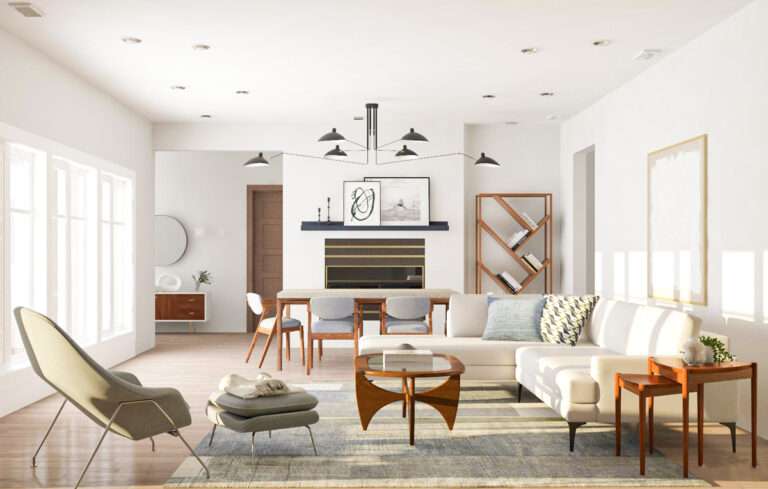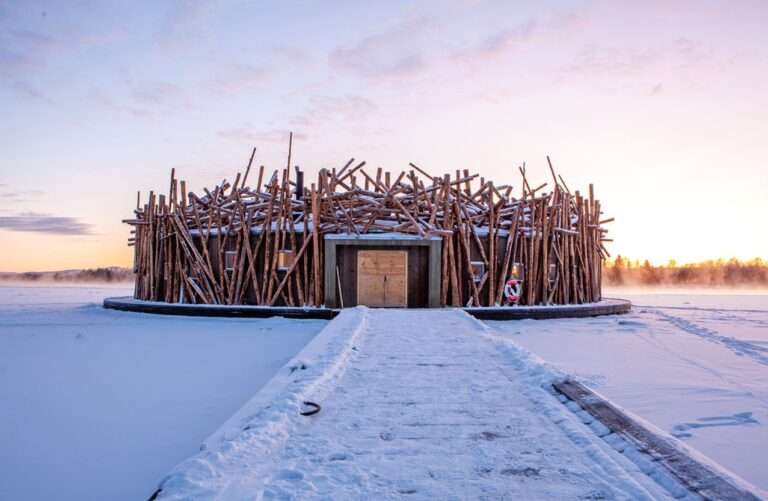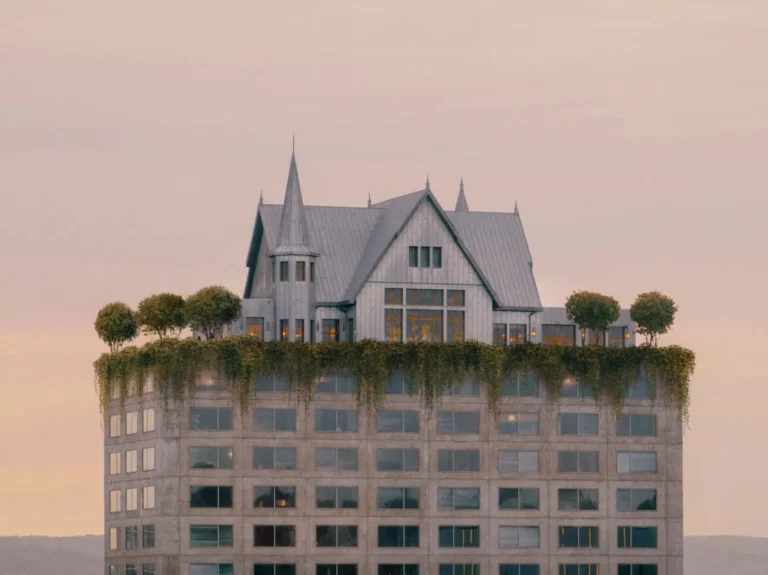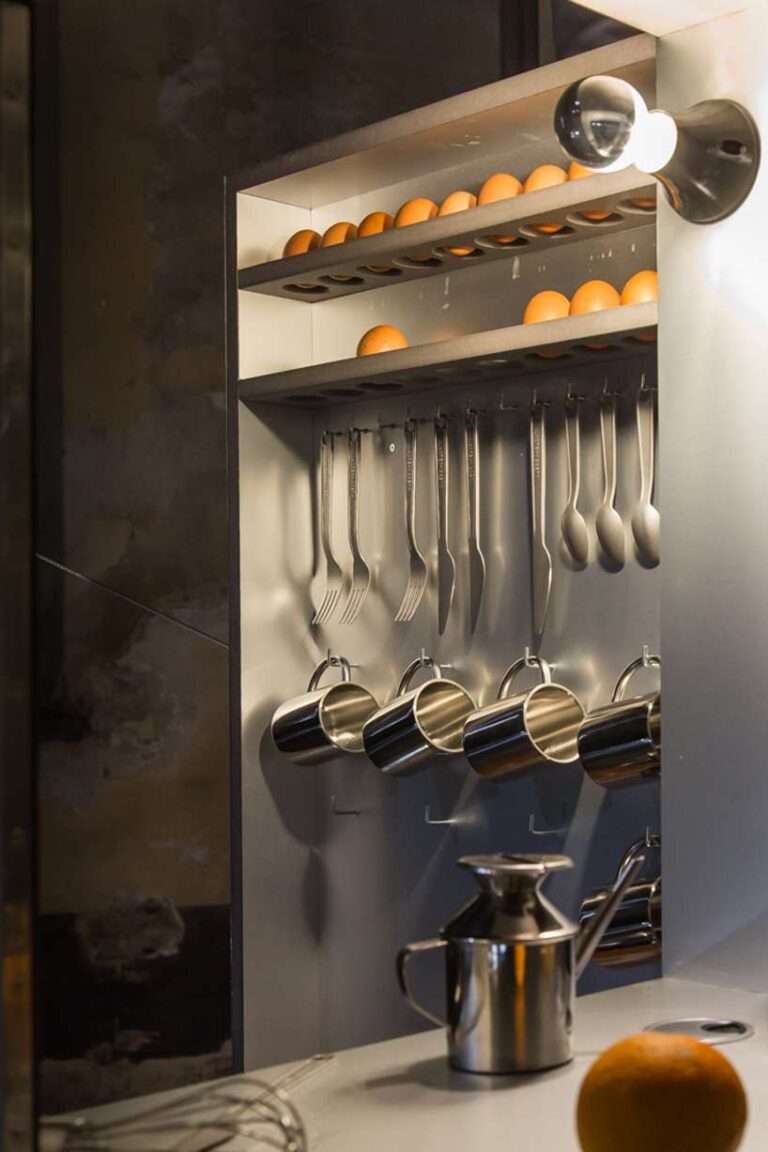Inside the Zennihome Denizen, a 320 square foot prefab home with a base price of $90,000.00.
Similar Posts

Ombre Design Ideas for Big and Small Spaces
While the ombre hair trend has been on our radar since the early 2000s, ombre didn’t make a huge splash in the interior design realm until after 2010. At the time ombre design burst onto the scene, it opened the floodgates to a range of gradient-inspired concepts and products. From accent walls that showcase a […]
You’re reading Ombre Design Ideas for Big and Small Spaces, originally posted on Decoist. If you enjoyed this post, be sure to follow Decoist on Twitter, Facebook and Pinterest.

Sweden’s Newly Opened Floating Hotel Is the Destination of a Lifetime
Arctic Bath plunges visitors into the remote wilderness of Sweden’s Lapland region.

Small Contemporary Home Library Ideas Filled with Color and Creativity
Every day, we spend a considerable amount of time sharing with our readers home decorating inspirations that involve kitchens, dining rooms, bedrooms and living spaces. Then there are times when we move outside these confines and explore the many ideas shaping gardens, patios and balconies. It is not very often though that we take a […]
You’re reading Small Contemporary Home Library Ideas Filled with Color and Creativity, originally posted on Decoist. If you enjoyed this post, be sure to follow Decoist on Twitter, Facebook and Pinterest.

Maison Heler: The 9-Story Hotel With a 19th-Century Mansion on Top Is Now Open for Bookings
Philippe Starck is a legendary designer, but his newest project also thrusts him into the literary…

installation by head–genève envisions post-anthropocene landscapes at milan design week
2084: A Diorama of The Future at Milan Design Week 2024 Designed by MAIA students of…

ricardo bofill’s fragmented monumentality defines upcoming royal arts complex in riyadh
a cultural landmark at the core of a park Barcelona-based architecture studio Ricardo Bofill Taller de…